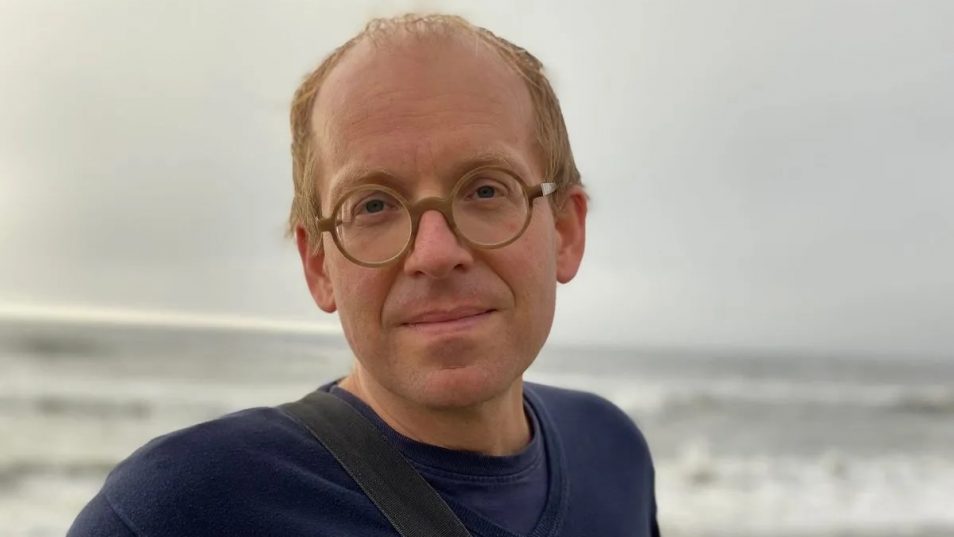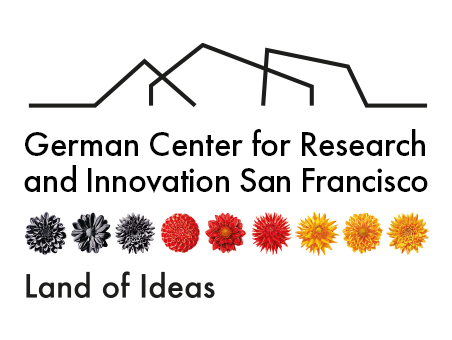Four Questions for Martin Rauchbauer

We had the pleasure of interviewing Martin Rauchbauer, who will be moderating our upcoming event on Resilient Societies: The Bay Area’s Reinvention Through Culture and Innovation. Martin, a senior Austrian diplomat currently on sabbatical, shaped the emerging field of tech diplomacy, engaged in transatlantic tech diplomacy and digital human rights. He also developed digital humanism as a strategic focus of Austrian foreign policy.
Please tell us a little bit about yourself, your background, and how you became interested in artistic/cultural diplomacy?
I’m a career diplomat by training and served for more than twenty years in the Austrian Foreign Service. Career diplomats are generalists, but if I look back at my career, I mostly served in cultural diplomacy. Austria is not a particularly powerful country on the world stage which contrasts with our impressive cultural heritage and our thriving contemporary artistic scene. I always felt it very rewarding to work in cultural diplomacy. It was also so much easier to talk to people in the arts world. When I was posted in Mexico City, New York, and San Francisco, people found my country’s artists far more interesting than our politicians or foreign policy positions. Even so, I believe that artists are often underestimated and misunderstood, or, as is sometimes the case in Silicon Valley, thought of as useless, without utility. I don’t agree with that sentiment. The non-utilitarian nature of art makes it uniquely relevant for our times. Maybe artists are our biggest hope for the future. They are responsible for how we can possibly imagine it.
How did you come up with the idea of tech diplomacy? How does tech diplomacy complement traditional diplomacy?
Tech diplomacy is a relatively young concept that started as a practice of certain countries in Silicon Valley. I didn’t come up with the idea, it was already floating around while I was posted in San Francisco. Over the last years, countries have started to send tech ambassadors or tech envoys to Silicon Valley. In the aftermath of the techlash, the European Union and other regions have also become more confident in their own governmental and regulatory capacities to either reign it or at least challenge the global dominance of Big Tech. Today, tech diplomacy has spread to all continents and has become an umbrella term for how frontier technologies have shaped, impacted, and transformed the international system in the midst of growing geopolitical tensions and divisions. Some private sector companies and their leaders have more influence on foreign policy than mid-sized nation states. Traditional notions of sovereignty are challenged. But governments have realized they need to do something. They know that advances in artificial intelligence, quantum computing, biotech, and sciences require some form of international collaboration and engagement with the private sector. This is where tech diplomats can play an important role.
Tech diplomacy in many ways is not all that different from traditional diplomacy, but it requires some technical knowledge and maybe a new mindset that can be described as “creative flexibility”. It will be required for all future diplomats in order to keep up with the speed and scale of new technologies. This was the main motivation for me to co-found the Tech Diplomacy Network at the beginning of this year. We wanted to help diplomats do their job according to the needs of today.
Could you please tell us about your work at the Djerassi Resident Artists Program? How would you classify the intersection or tech and art?
I was following the work of the Djerassi Program while I was a diplomat in San Francisco and always admired it. In March 2023, after having left the Foreign Service, I was appointed as the Program’s new executive director. Our Resident Artists Program in Woodside has been around for a while. This year, we are celebrating our 40th anniversary. We have a huge community of artists, supporters, and friends, but we would like it to grow even further. Our main mission is to support our resident artists from around the world and protect and conserve our 600 acres property in the Santa Cruz mountains where they can stay for up to a month, immersed in natural beauty and surrounded by art. Artists from all disciplines can apply for a residency but we see that today artists are increasingly inspired by new technologies as well as the interaction between human and non-human creativity. In fact, we are currently rethinking our residency as a laboratory for artistic experimentation and co-creation from the perspective of our planet. Artists are not the only protagonists at Djerassi. Scientists, technologists, thinkers, but also plants, animals, the Pacific Ocean, and even machines and tools are essential parts of our residency.
Our Program is just a few miles away from the heart of Silicon Valley where the intersection between arts and technology is, for obvious reasons, very interesting. Yes, I believe that art and tech are important for each other. Technologists can learn from artists what technology is truly about. New technologies can force artists to articulate new questions, create new forms of expression, examine the boundaries of what technology can and should do. Art and tech secretly admire and inspire each other, often without admitting it. At Djerassi we are therefore very interested in cross-disciplinary collaborations as they shed light on the very nature of creativity.
Given that you have lived in many places around the world, what does a “resilient society” mean to you?
Resilience is one of the most fascinating human qualities. How do we deal with adversity, setbacks, and defeats? Does resilience depend on circumstances or is it to a certain extent a choice, or at least the result of a deliberate effort? For societies this question is even more complex. Certain societies at first seem to be more resilient than others, but we often don’t understand why and how. It is not easy to copy other societies’ resilience. There seems to be no secret formula, no recipe which all societies can follow. What I find particularly fascinating is to examine the role that arts & culture have played for our societies to become more resilient and innovative. Silicon Valley was historically heavily influenced by the counterculture of the Bay Area. Maybe a new artistic renaissance in the Bay Area could help keep the famous and sometimes notorious innovation potential of Silicon Valley alive for future generations.
